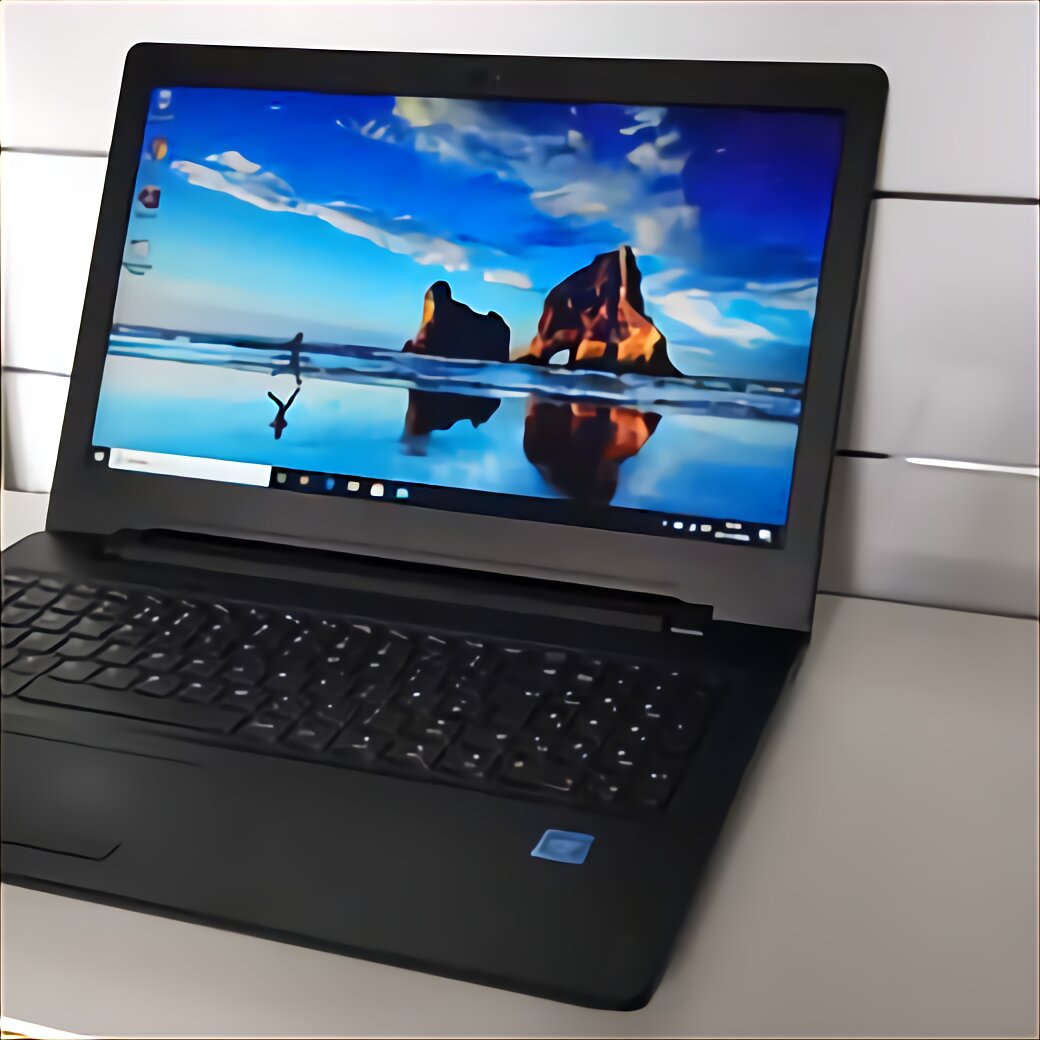
/cdn.vox-cdn.com/uploads/chorus_image/image/68628126/win7.0.1436517999.0.jpg)
To some, the end of support for Windows 7 might have been slow to arrive, but to IT decision-makers, the deadline of January 2020 was a rapid turnaround, a mere blink of the eye. These options are only intended as a way to soften the switch to a newer OS, and should not be seen as a means to avoid moving away from Windows 7. Microsoft itself describes the ESU as a “last resort” option, and even the extended support provided through the program will cease in January 2023. It should be stressed that such options should only be viewed as a method to ease the transition, rather than a way to stave off migration altogether. Custom virtual machines can also be used, if you’d like to virtualise Windows 7 yourself.Īlternatively, users were given the option to sign up to the Extended Security Update (ESU) (opens in new tab) program, through which critical and important security updates continue to be provided to Windows 7, with the cost agreed between a client and their relevant Microsoft account team and partners.

Those looking to run Windows 7 in a virtual machine could do so on the Azure Virtual Desktop service, which comes at no extra cost if a business is already a customer of Azure. When Microsoft ended support for Windows 7, more resistant users - or those in offices who were engaged in a drawn-out OS update process - were presented with a few ways to use Windows 7 for a little longer.

We reflect on the legacy of one of Microsoft's most enduringly popular operating systems


 0 kommentar(er)
0 kommentar(er)
